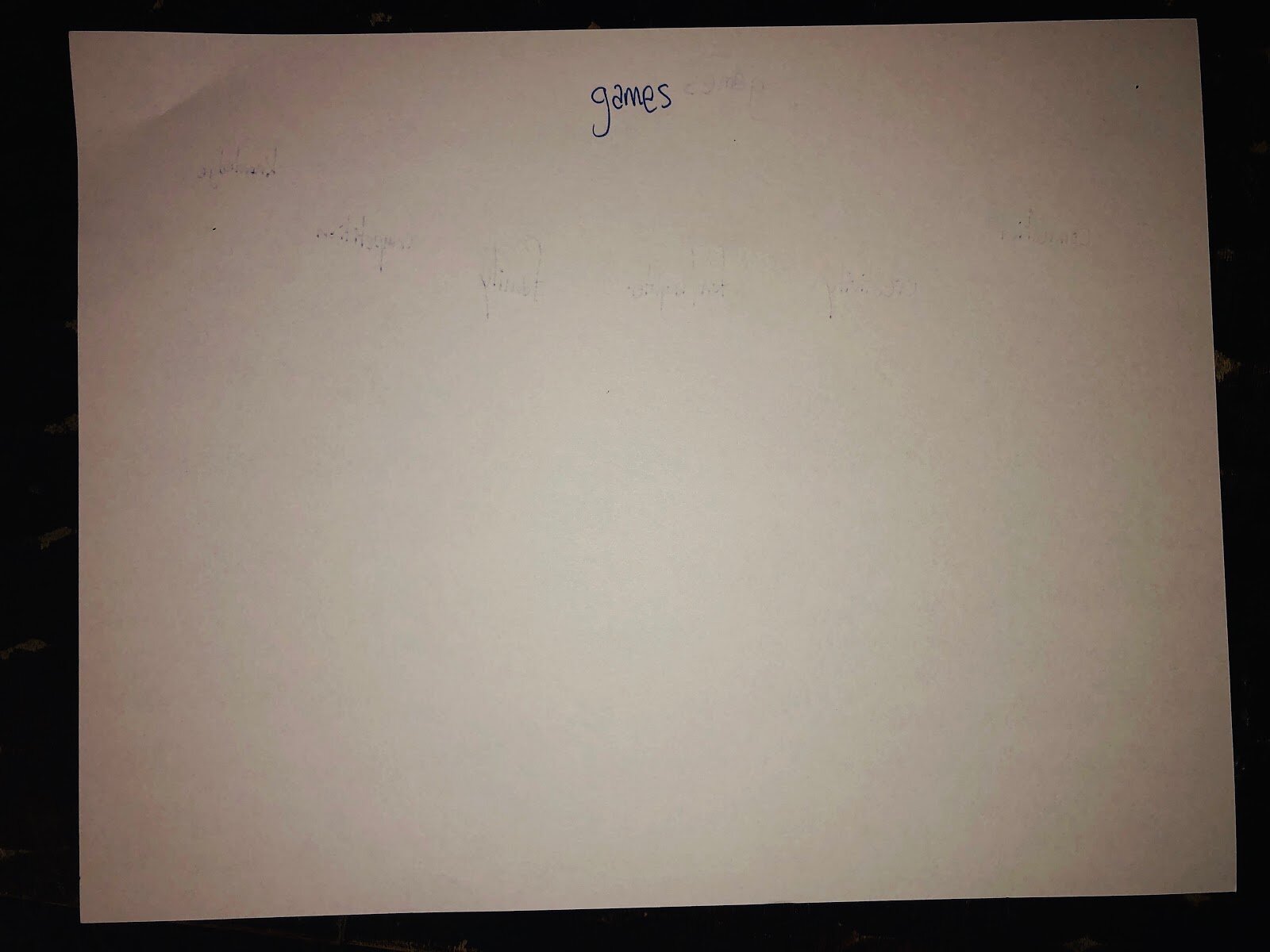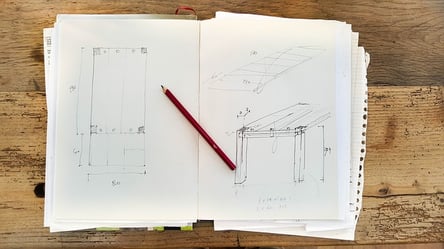
To clarify, this isn’t a perfect way to outline an essay. You may not want to spend an entire paragraph describing your feelings, for example, or you may choose to describe your needs in just one sentence. And now that you see how it frames the story, you may want to expand on certain columns. However, the sideways Feelings and Needs chart can help you think about how the chronology of your experiences might translate into a personal statement.
Ask 3 people in this profession what unexpected qualities, values, or skills prepared them for their careers. Please don’t simply use their answers as your own
At the risk of stating the blatantly obvious, The Challenges and Effects columns of the Feelings and Needs Exercise … are the Challenges + Effects portion of your essay. Same with What I Did and What I Learned.
Once you’ve spent 2 minutes thinking up some common/cliché values, move onto the next step.
Montage Structure FAQs
Unfortunately, mental health challenges have become so common these days that many students write personal statements about them, and so it can be difficult to stand out. If you’re feeling compelled to write about a mental health challenge, consider brainstorming some uncommon connections.
Or explore a different topic. You are infinitely complex and imaginative.
Parts of yourself that are essential to who you are (e.g., values or “islands of your personality”), and
What She’s Learned/Gained: She found a sense of purpose and discovered “everything [she has] to be grateful for.” She writes: “War has taught me to never take an education or a story for granted, to find beauty in vulnerability, to remain critical of authority figures, to question what’s socially accepted, and best of all, to celebrate humor.”

- Avoid italics and bold, since formatting often doesn’t transfer over in text boxes
- Be careful with essays meant to be a certain shape (like a balloon)
This is where you tell the story one moment at a time, sharing the events as they occur. In the moment narrative is a powerful essay format, as your reader experiences the events, your thoughts, and your emotions with you . This structure is ideal for a specific experience involving extensive internal dialogue, emotions, and reflections.
Let’s go over what each one is exactly, and take a look at some real essays using these structures.
Going into the conference, I believed that preparation was the key to success. I wouldn’t say I disagree with that statement now, but I believe adaptability is equally important. My ability to problem-solve in the face of an unforeseen challenge proved advantageous in the art of diplomacy. Not only did this experience transform me into a confident and eloquent delegate at that conference, but it also helped me become a more flexible and creative thinker in a variety of other capacities. Now that I know I can adapt under pressure, I look forward to engaging in activities that will push me to be even quicker on my feet.
Does your Common App essay actually stand out?

As I walked into committee anticipating a battle of wits, my director abruptly called out to me. “I’m afraid we’ve received a late confirmation from another delegate who will be representing Judge Nikitchenko. You, on the other hand, are now the defense attorney, Otto Stahmer.” Everyone around me buzzed around the room in excitement, coordinating with their allies and developing strategies against their enemies, oblivious to the bomb that had just dropped on me. I felt frozen in my tracks, and it seemed that only rage against the careless delegate who had confirmed her presence so late could pull me out of my trance. After having spent a month painstakingly crafting my verdicts and gathering evidence against the Nazis, I now needed to reverse my stance only three hours before the first session.
How you format your essay will depend on whether you’re submitting in a text box, or attaching a document. We’ll go over the different best practices for both, but regardless of how you’re submitting, here are some general formatting tips:
- Use a standard font and size like Times New Roman, 12 point
- Make your lines 1.5-spaced or double-spaced
- Use 1-inch margins
- Save as a PDF since it can’t be edited. This also prevents any formatting issues that come with Microsoft Word, since older versions are sometimes incompatible with the newer formatting
- Number each page with your last name in the header or footer (like “Smith 1”)
- Pay extra attention to any word limits, as you won’t be cut off automatically, unlike with most text boxes
Here are four tips for writing college essays and making sure your work stands out in a good way:
Choosing the right topic has two facets: first, choosing the right prompt (if there’s a choice) and second, choosing the right topic to write about for that prompt.
Whether you can reuse any essays: In general, you can reuse essays for prompts that are about your life, broadly similar in theme, and have a similar word count. You probably can’t reuse essays that are very specific to the college, like “Why This College” essays.
This does not mean you should get really avant-garde with your essay formatting. Don’t send in a piece of art instead of an essay, or make a video, or write a poem instead of an essay, unless those things are explicitly allowed.
#6: Use Specific Details

Imagine the essay you could write about the time you painted Mr. Lurker's claws.
Here’s some tailored guidance on some of the most common college essay prompt types. And if you’re writing a Common Application essay, here’s advice on how to choose the right Common App prompt for you.
How do you avoid the platitude problem? Try to keep what you’re saying specific to you. So instead of saying “And that’s how I learned that hard work pays off,” try, “This experience helped me to realize that when I put concentrated effort into something that’s important to me, I can accomplish it even when there are roadblocks.” Keep the focus on what you can and will do in your own life.
To fully understand how and when to use an academic essay, we need to look at the main types of them.
- Thesis Statement: This is the focal point of your writing and one of your introductory paragraphs' key elements.В It is the main message the author is trying to deliver.
- Body Points (Subpoints): These are the key points or statements that you will use to support your thesis.
- Connection: When writing an academic essay, it is important to tie it directly or indirectly to the real world. Provide a reason why it is important to you or why it is relevant to society. This will fill your paper with new meaning and showcase your unique way of thinking.
- Summary: This is a short and strong statement that briefly explains your given points.
Drafting
The drafting process takes you from a compilation of information to the structured delivery of your idea within your essay. No excellent-quality paper has ever been written in a single draft. The process begins with a rough draft – a stage where you use all of the information you have acquired from your relative outline. From there, you narrow down this information to the most relevant parts that add actual value to your academic essay topic. Every new draft must also rid itself of content problems, structural flaws, or simple typos. The final draft of an essay might end up being drastically smaller than its original draft.This type of writing requires the author to create a compelling story of practically anything imaginable. In other words, it is a super-condensed version of a novel. This type of essay requires students to demonstrate their creative abilities. Therefore, it implies the constant use of strong adjectives. Their use will help the author of an essay to create a strong, graphic picture for their story and enhance the audience's perception of the topic. Although telling a compelling story is basically the main purpose of this type of essay, there is much more to it than there seems. A well-written narration should also have a point that is “written between the lines”. Simply put, there should be a clear message delivered through the text. By putting a hidden message between the lines, you motivate the reader to read the paper in its entirety as it sparks their curiosity.
Get Your Academic Essay Written!

In a nutshell, the thesis statement is the key theme, idea, or argument of your essay. In other words, it summarizes the entire message you are going to deliver in a single sentence.
Another type of academic writing — an expository essay is used to help readers understand subject matter by providing grounded information and facts. This type of writing requires its author to support all of the information included in the paper with valid evidence. An expository paper is no place for opinions or personal views on a subject. A quality paper should use analysis that consists of factual information on its subject. The author's key goal is to inform and educate the audience through clear logic and facts. Just to give you an example, this “How to Write an Academic Essay” article can be considered as expository writing.
The academic essay format we are talking about in this article is pretty basic. It has been widely used to create high-quality essay examples for university for years. The main reason students still use it is that it is considered to be the most effective in terms of delivering information to the reader.

- Make sure your first sentence is stellar.
- Triple check for typos and grammatical errors!
Be as passionate about your topic as this man is about table tennis.
Here’s some tailored guidance on some of the most common college essay prompt types. And if you’re writing a Common Application essay, here’s advice on how to choose the right Common App prompt for you.
This means you shouldn’t try to write about things where it’s too painful to be honest. So if your parents got a divorce last year, it may be too raw to write about, which is perfectly fine. If, however, they got divorced when you were 5 and you can honestly reflect on how it changed your life, go for it.
Tip #13: Triple-check for Typos and Errors

So avoid making statements like “And that’s how I learned that hard work pays off,” or “There’s no ‘I’ in team.” You may think you sound sage or wise, but the truth is, platitudes are going to sound immature and poorly-formed to the reader. Similarly, don’t say things that sound like they could come from an inspirational quote account on Instagram. (See, ahem, “You miss 100% of the shots you never take,” “Shoot for the moon,” and so on.)
With all this information gathered, you’ll be able to make a plan of attack for your essays and make sure nothing gets lost in the application shuffle. (In fact, I actually advise keeping track of all necessary components of your application in a spreadsheet for the same reason).
The more cliches you use in your writing, the more boring and less insightful your essay will be. Cliches are phrases that are so overused that they are essentially meaningless, and they are likely to make any reader roll their eyes. Phrases like “a dime a dozen,” “outside the box,” “cold as ice,” “dirt cheap,” “flash in the pan,” and so on are frequently deployed in conversation because they convey a common idea quickly. But you don’t want your essay to be common, so avoid cliches. Try to think about how you can communicate the same idea in a more specific and interesting way.
Here’s a list of over 600 cliches. But for the most part, you won’t need a list


